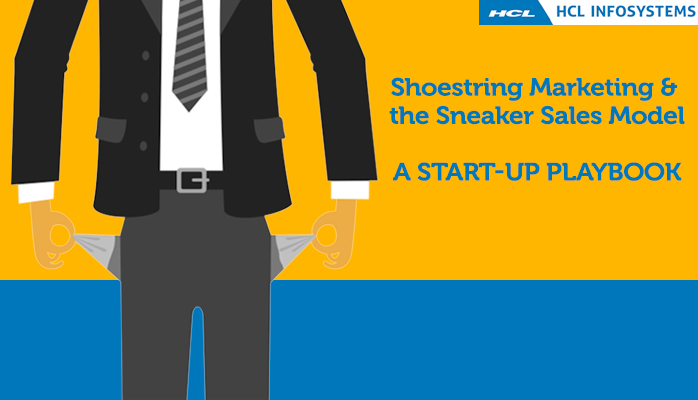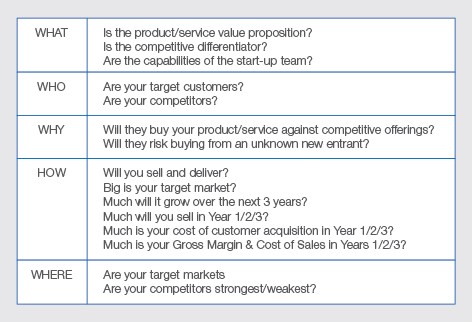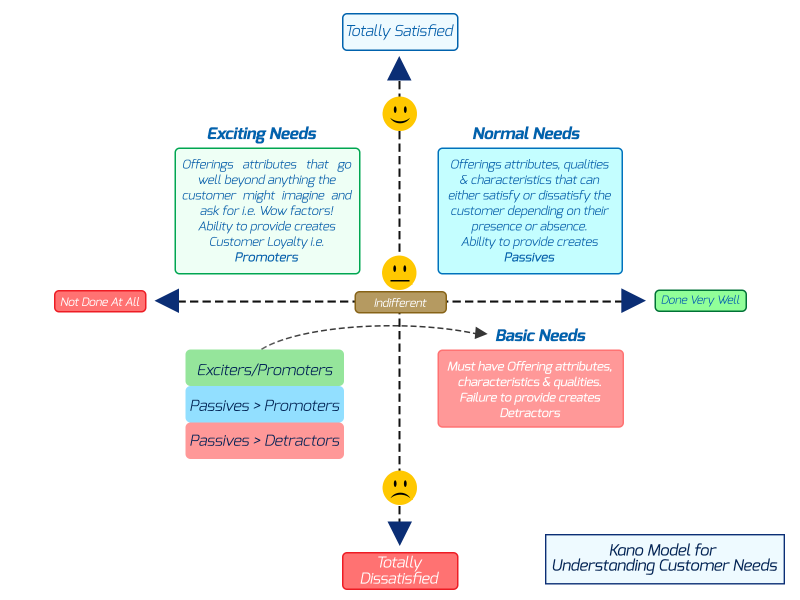
A Harvard study published in the Wall Street Journal, cited that close to 90% of all start-ups fail. As opposed to this, only 30% of venture-backed start-ups see failure.
The significant difference in the data is not particularly surprising since in order to get venture-funding start-ups jump through multiple hoops of due diligence focused around the WHAT- WHO-WHY-HOW-WHERE of the proposed business. The root cause of failure of the vast majority of start-ups is the lack of anywhere close to adequate rigour and focus on every component of the WHAT- WHO-WHY-HOW-WHERE question:

Your chances of funding improve if you have a good sales pipeline. The Journey from the BIG IDEA to BIG BUSINESS revolves around the old ‘Which Came First – The Chicken or The Egg’ question:
But to build a good pipeline you need funding.
So How Do You Stop Going Around in Circles?
In a resource-constrained start-up environment, we advocate a four-pronged approach:
- Core Team Skillsets : Ensuring your start-up team has the complete core skill-sets – Offering Development, Marketing & Sales, Finance / Commercial Management
- Doing Your Homework: Brand/Business DNA Articulation, Target Market/Prospect Profile Definition, Competitive Landscaping, Value & Differentiators Articulation, Pricing & Engagement Models
- Sneaker Sales Model: Developing a highly targeted (preferably underserved) market and prospect insight-driven sales model and process
- Shoestring Marketing: Making the most out of a meager Marketing Budget.
Most start-ups, especially the ones in technology space, do have their teams, skills, and offerings in place – the problem usually lies in communicating this skillset and offering and building an effective Sales and marketing practice. Usually in the beginning, one of the entrepreneurs takes up the task, which may not be his/ her core competency.
Shoestring Marketing has four components:
- Breaking the No-Money Vicious Cycle
- Identifying & Targeting Your Niche
- Communicating what you do REMARKABLY
- Building A Quality Sales Pipeline
Breaking the No-Money Vicious Cycle
In 1976, HCL was a start-up with a seed capital of Rs.36, 000. In those days IT in India was nascent; entrepreneurial start-ups were unknown; the licence raj was rampant and venture capital was non-existent. So the challenges we faced were exponentially higher. The fact that we succeeded brilliantly is too well-known to require recounting.
What is perhaps far less well-known are the vision and courage of building our own computers from the processor and binary code up; the strategy of identifying and targeting an underserved market (First Time User Organizations) supported by continuous sales-generating marketing innovations; or the brilliant implementation of the NI (Need Identification)/ NC (Need Crystallization)/ NJ (Need Justification) sales process; or the unrelenting rigour and focus on the BBC – Booking, Billing and Collections.
Identifying & Targeting Your Niche
A good 42% of the world’s start-ups fail because the market has no need for what they offer. Consequently, identifying and targeting your niche in the marketplace is crucial.

Key Steps
- First understand what the expected, normal, and exciting needs are
- Eliminate detractors by meeting the expected and normal needs
- Convert Passives and Exciters into Promoters through proactive and innovative offerings/problem solving enabled by actionable customer insights.
The success of Uber or Airbnb wouldn’t have been a fraction of what it was if WHAT they offered and HOW they offered it was the same as Hertz or hotels.com.
Communicating what you do REMARKABLY
Remarkable Communication simply communication that you remark on because you remember it. Contrary to popular belief, remarkability not a function of messaging creativity. Instead it is how you effectively and personally you connect with the message recipient. It means you know WHO they are and WHAT they need.
Building a Quality Sales Pipeline
The world consists of three types of Prospects:
People Who Are:
Thinking about Thinking: In this segment the need is not yet evident to the Prospect. So this has by far, the longest sales cycle, consequently, most marketers and sales people tend to avoid it like the plague.
However, this is by far the largest segment of the Prospect universe; it has relatively low competitive presence and also offers the highest probability of conversion into business.
Thinking: The thinkers have an idea about what their need and have undertaken some steps in identifying the solution. Their thinking makes it an easier group to talk to.
It has a shorter sales cycles and is the second largest Prospect segment but has a higher competitive presence and therefore a relatively lower probability of business conversion.
People Who Have:
Thought: These Prospects have undergone the process of problem solving; they’ve identified their solutions but have not taken a final decision yet. Typically everyone tends to focus on this group.
This is by far the smallest segment with the highest competitive presence and therefore the lowest probability of business conversion.
By engaging with the first group you have the opportunity to shape the way your prospects think. This early-stage engagement is the first step in creating a killer sales model and does not require big marketing budgets. This group is relatively more ready to listen and will value advise. It is also easier to create and retain mindshare over multiple low-intensity, ‘non-threat’ conversations/communications than one high-pressure sales pitch.
In Summary
These steps will correctly synch your marketing initiatives with the sales model and process to maximize your returns in terms of business conversions. In the next article, we will look at the fourth component of shoestring marketing – avoiding Spray and Pray with ‘Killer Sales Model’ and why it works every time.
Sources:
http://www.wsj.com/articles/SB10000872396390443720204578004980476429190
http://fortune.com/2014/09/25/why-startups-fail-according-to-their-founders/
